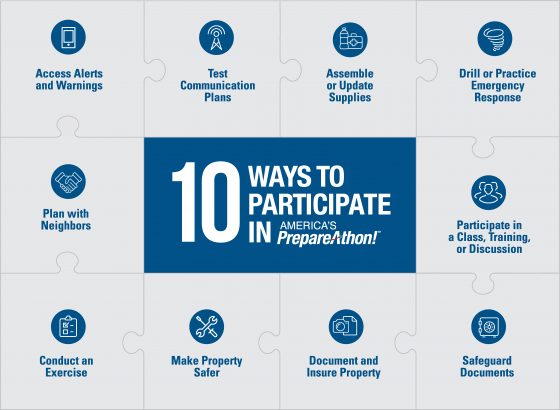Conference organizers have been among the hardest hit by COVID-19. When your entire business is predicated on bringing people together, pivoting is not easy.
On March 12, 2020, the InsurTech NY team saw a dark future ahead. Officials had confirmed 500 people in the United States tested positive for the coronavirus, President Donald Trump had just announced restrictions on flights to and from Europe, and we were one week away from hosting the 2020 InsurTech NY Spring Conference, our annual New York City-based in-person event. We had planned to host seven panels, 20 startup competition pitches, and four TED-style talks, totaling more than 60 speakers. As part of the competition, more than 20 judges had to vote on winners in near real-time. We also promised to provide networking opportunities with one-on-one meetings for all attendees.
For the health and safety of our guests we knew we could not continue this event in-person. Fortunately, we had experience running webinars and virtual communities and activated a preparedness plan that we created when coronavirus was still mainly in China.
However, we knew pivoting to an all-virtual event would be a monumental challenge.
Immediately we went into action. Within 12 hours, we called every speaker and sponsor about the new format. All speakers stuck with us. We went on to draft communication to notify all attendees. We also created a full web page detailing our experience. For others who may need to shift their in-person events to virtual ones, here’s a brief roadmap with key steps that we took and may help you too:
Convert existing staff to new virtual roles. Current staff and volunteers need to be immediately converted and trained on new virtual roles. To be effective, you need people dedicated to wearing new hats and carrying out last-minute responsibilities. This may include working during after hours and weekends. Some of these roles were already defined, but others needed to be redefined. They include:
- Speaker liaisons: Assign at least two people to ensure speakers join their sessions on time and their A/V works.
- Stage manager: This person keeps track of time and communicates verbally to speakers to cue them.
- Presentation controller: A dedicated person to share and run the slides for presentations.
- Master of ceremonies (MC): A dedicated host to introduce speakers and lead transitions.
- Help desk: At least two people with technical expertise to respond to any tech or access issues.
Over-communicate to everyone. Send “how-to” information constantly, specifically about accessing the conference itself. If possible, use multiple channels, including text and social. Even then, you may have some people who have difficulty accessing the sessions.
Organize dry runs of the entire event with your staff. This process will help you identify issues you may not have considered. Fix the issues and do another dry run. We only had time for one dry run, but could have benefitted substantially from a second.
Revamp the event to make it more entertaining.
Attendees have other options during a virtual conference, so it is particularly essential to keep them engaged and entertained throughout the day. Some tips include:
- Run polls and questions between sessions
- Keep each session short and sweet
- Create content during the breaks so they don’t “turn the dial.” We hired a professional comedian, but you can be creative on how to fill the time.
In retrospect, the event was successful for four reasons: (1) intense planning and preparation during the seven-day transition, (2) support from our speakers and sponsors to stay with us in the transition, (3) effective communication internally and externally to all stakeholders, and (4) a great team and set of volunteers that worked tirelessly to make it happen. A full guide is available with more details about how to make the transition at InsurTech NY.

